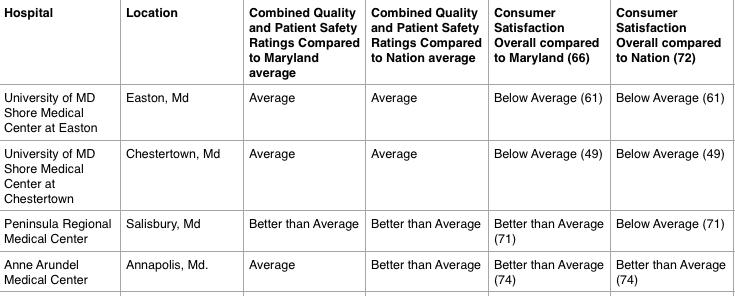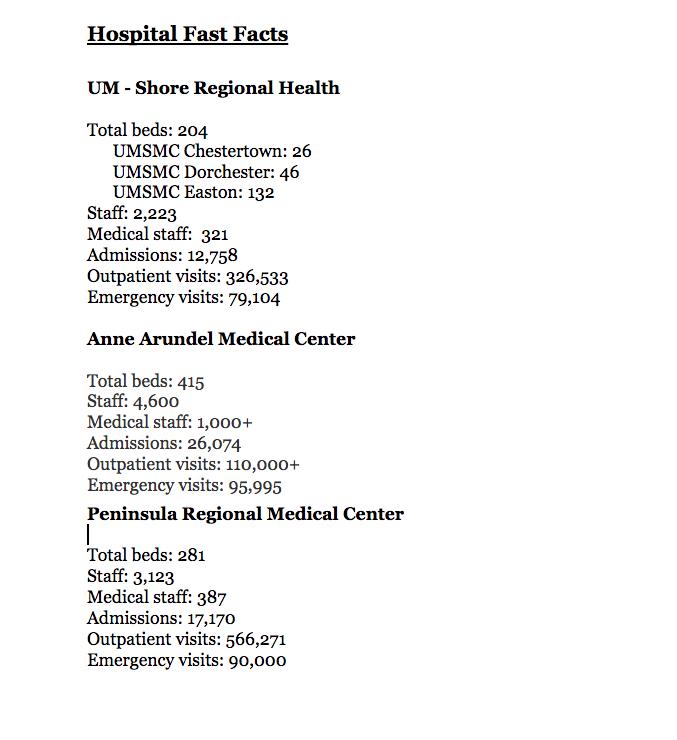 Catherine and Al Renzi mark the beginning of their remarkable time producing award-winning artisanal goat cheese with the birth of a spindly goat named Rena.
Catherine and Al Renzi mark the beginning of their remarkable time producing award-winning artisanal goat cheese with the birth of a spindly goat named Rena.
The vet, who visited their Yellow Springs Farm in Chester Springs, Pa., the day after her birth in May 2006, gave the goat a 30 percent chance of living.
But fed milk -–and espresso—by eyedropper around the clock for days, she lived. She went on to become a matriarch of the herd.
“Because Rena lived and thrived, we thrived,” Catherine and Al write in their memoir Is the Grass Always Greener? Life with Goats, Gardens, and Gourmet Cheese, published by Saltwater Media.
The Renzis, who moved from Pennsylvania to Bozman in 2022, are now involved in Eastern Shore agriculture. They bring their expertise forged from 21 years of often frantic, nonstop labor on the farm, where they tended a herd of Nubian goats that grew to 150, produced goat cheeses carried by Whole Foods Market and ran a native plant nursery and landscaping business.
Now, they work with the Chesapeake Agriculture Innovation Center, counseling young farmers on how to grow or enhance their businesses. Catherine serves on the board of the St. Michaels Farmers Market and is an avid painter.
It’s a quieter lifestyle, to be sure, but one that has given them time to ponder their improbable journey as farmers.
Al and Catherine bought the eight-acre Yellow Springs Farm with its 19th-century house, barn with 22-inch fieldstone walls, and outbuildings in 2001. They were a middle-aged couple with no children seeking escape from their corporate jobs, and the leap was both romantic and calculated, they write. Avid and accomplished gardeners, they noticed that about one-third of the plants on their property were non-native and invasive. They started a busy native plant and landscaping business but soon realized that it generated little income during winter months.
Their foray into goats and cheese-making was, like much of their journey, a mixture of careful planning and happenstance. A neighbor suggested they get a few goats to help mow the fields.
“We had a vague idea that raising a few goat kids could turn our grazing goats into milk-producing farm animals,” they write. With the birth of Rena and sister Rebecca, they began carefully breeding goats for optimal milk production.
Italian-Americans with a deep love of food connected to the land, they had thought about making cheese. It wasn’t long before they began producing some in their kitchen, creating their own recipes. By 2008, they were selling it.
And the next year, they won a first and second place in the annual American Cheese Society Competition against about 1,700 competitors from around the country. Both cheeses—one that used a black walnut liqueur made from black walnuts from their farm and the other wrapped in sycamore leaves marinated in red wine-reflected their farm’s terroir and their values. 
“Both were original farmstead creations made with native plants from the farm,” they write. “It was a dream come true because our message of connecting landscape to food scape and plant nursery to a goat dairy, finally seemed to be validated…”
They went on to win about 20 awards, including five in 2018. They provided cheeses to nearby celebrity chefs, collaborated with local brewers, hosted open farm days that attracted many hundreds of visitors and began a partnership with Whole Foods Market in 2014. Along the way, they developed deep ties to the local community.
“The community, the relationships, became a product or ‘crop’ of our farm,” Al said. “That was larger than the cheese or the plants or the dollars.”
Despite the warm community support, the nonstop work began to take a physical and mental toll. “It was just that everything was getting a little bit harder,” they write.
So in 2021 they put the farm on the market. St. Michaels had long been a getaway destination, and by the next year, they had moved to their airy home with lovely views of Harris Creek.
“Now, we have no animals to feed, no employees to manage, and no orders to deliver. This is a time to refresh, renew and explore,” they write.
Pressed about what they miss about their farm years, Al said, “We miss our own cheese.”
Autographed copies of the book are available at Vintage Books, 4 N. Washington St., Easton, or at www.yellowspringsfarm.com. Books are also available via Amazon, Barnes and Noble and other online booksellers.
Ridgely Ochs is the former healthcare reporter for New York’s Newsday. She is now retired and lives on the Eastern Shore with her husband, Robert Tiernan.




